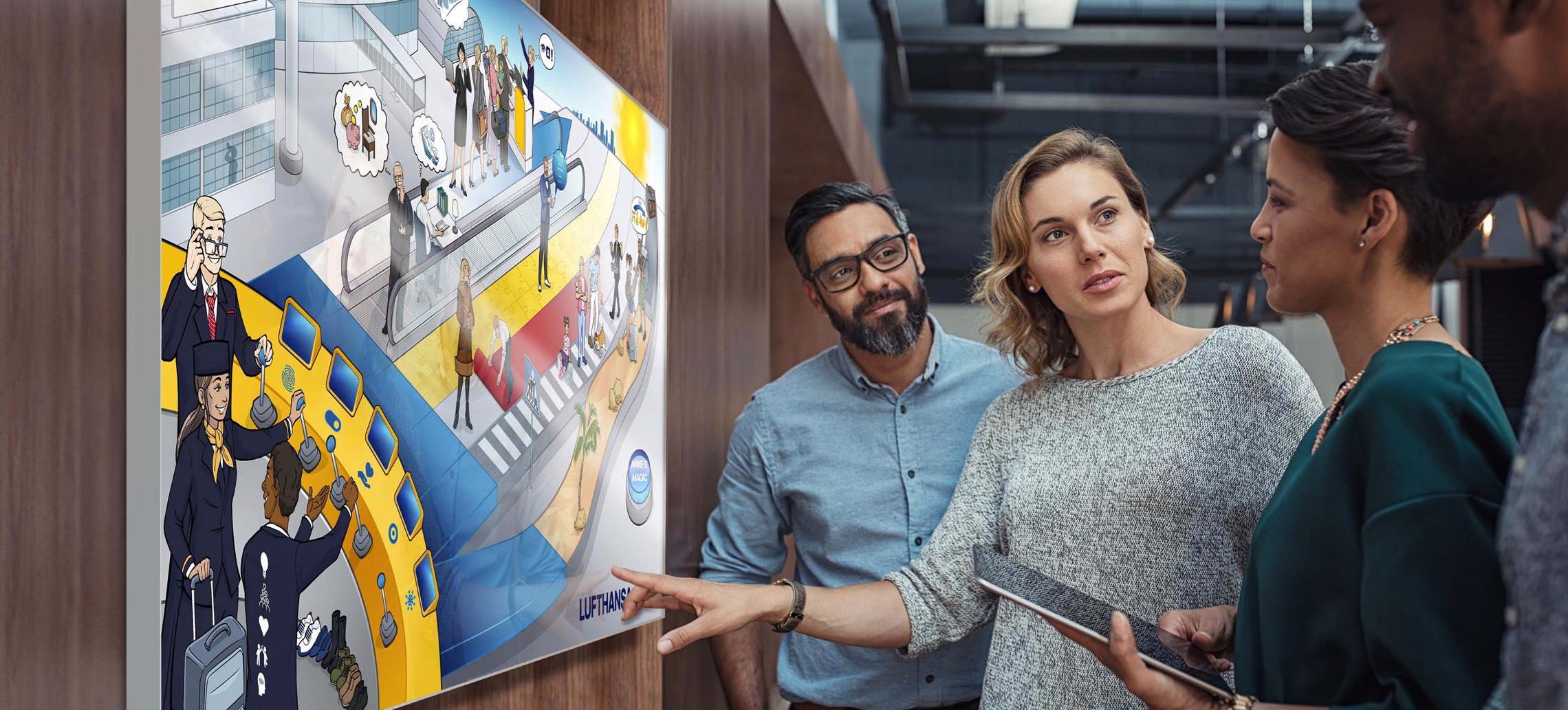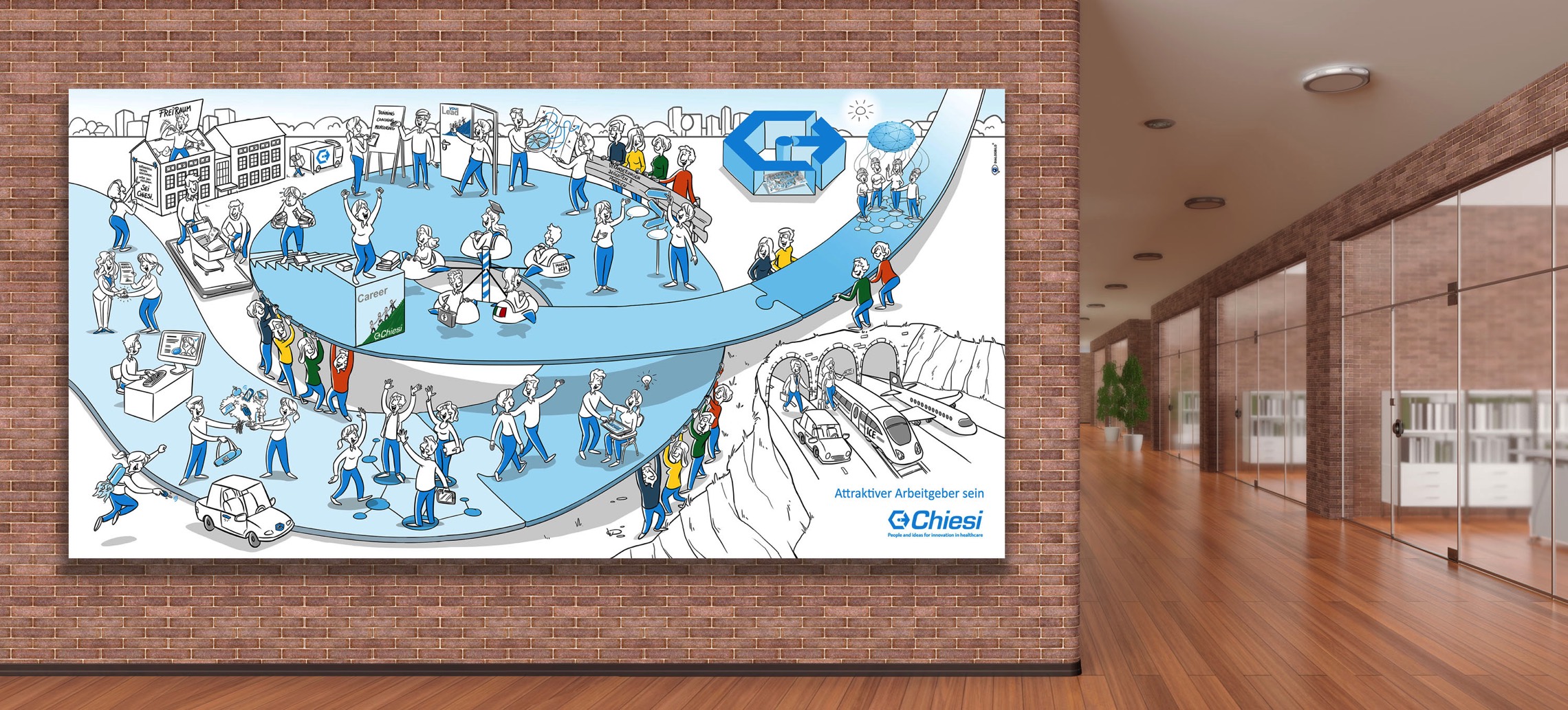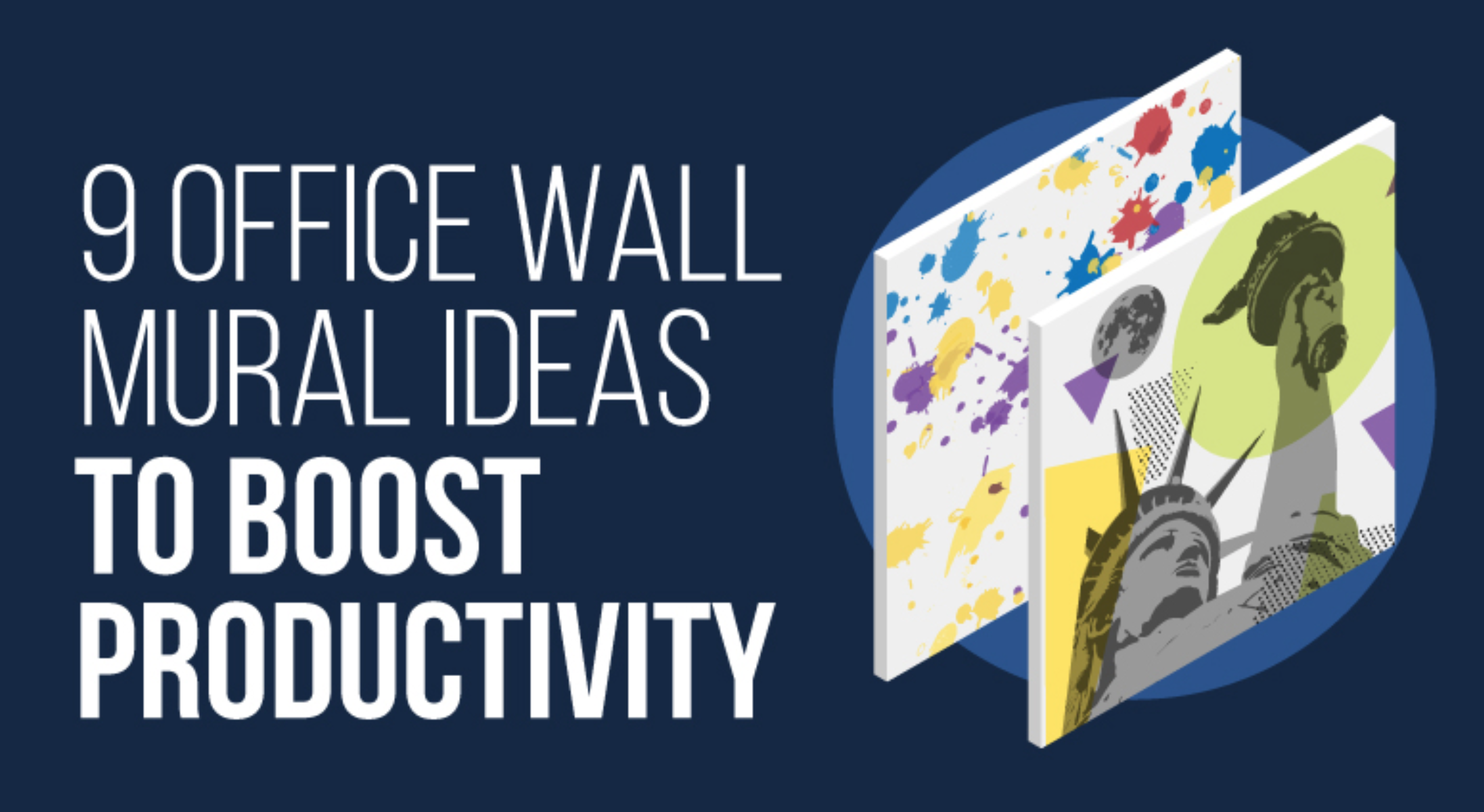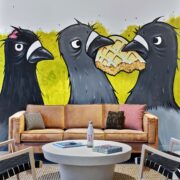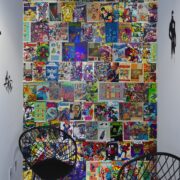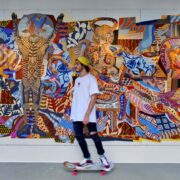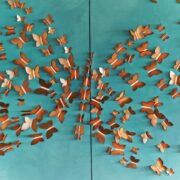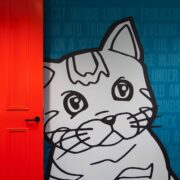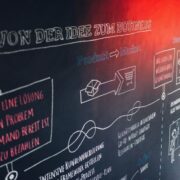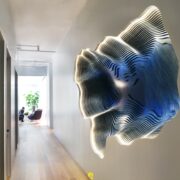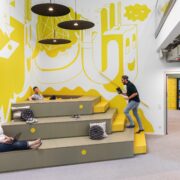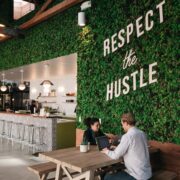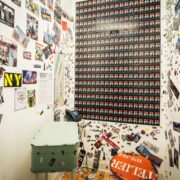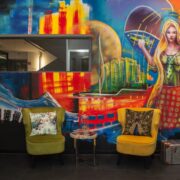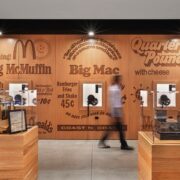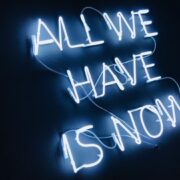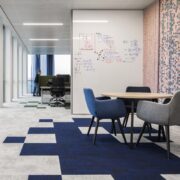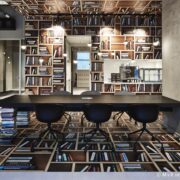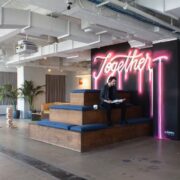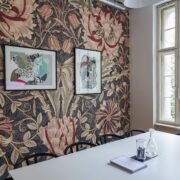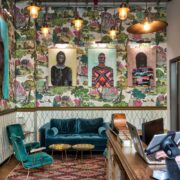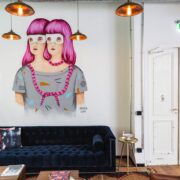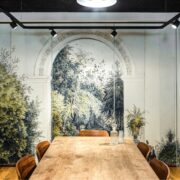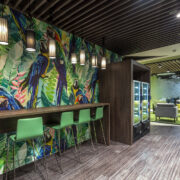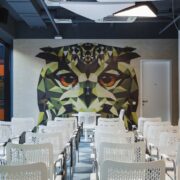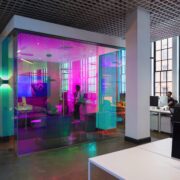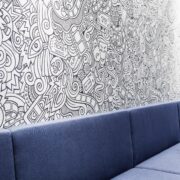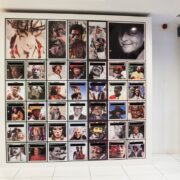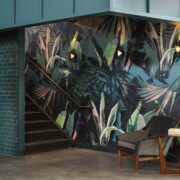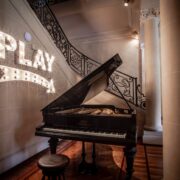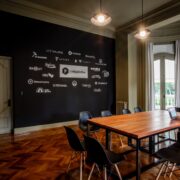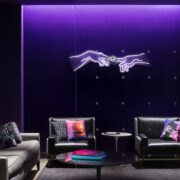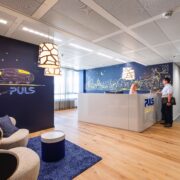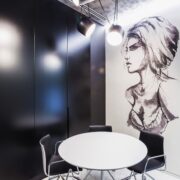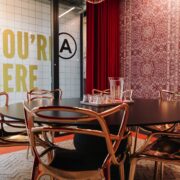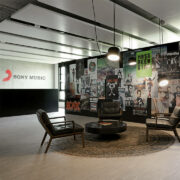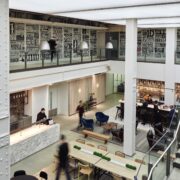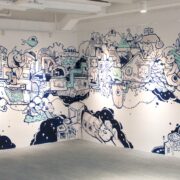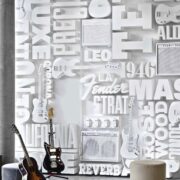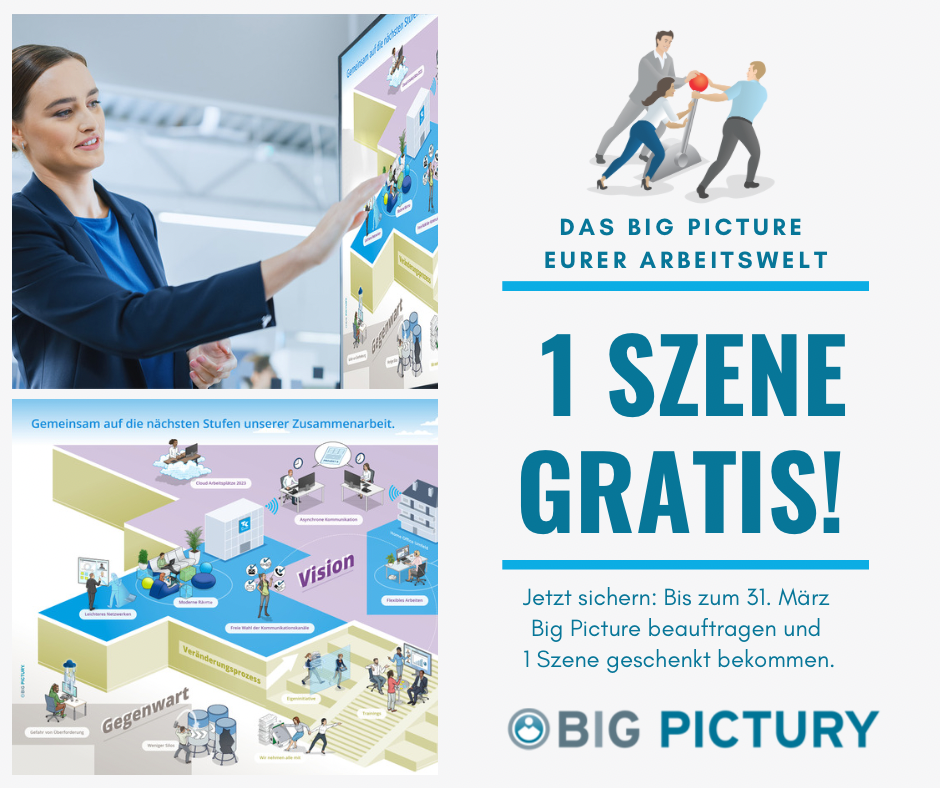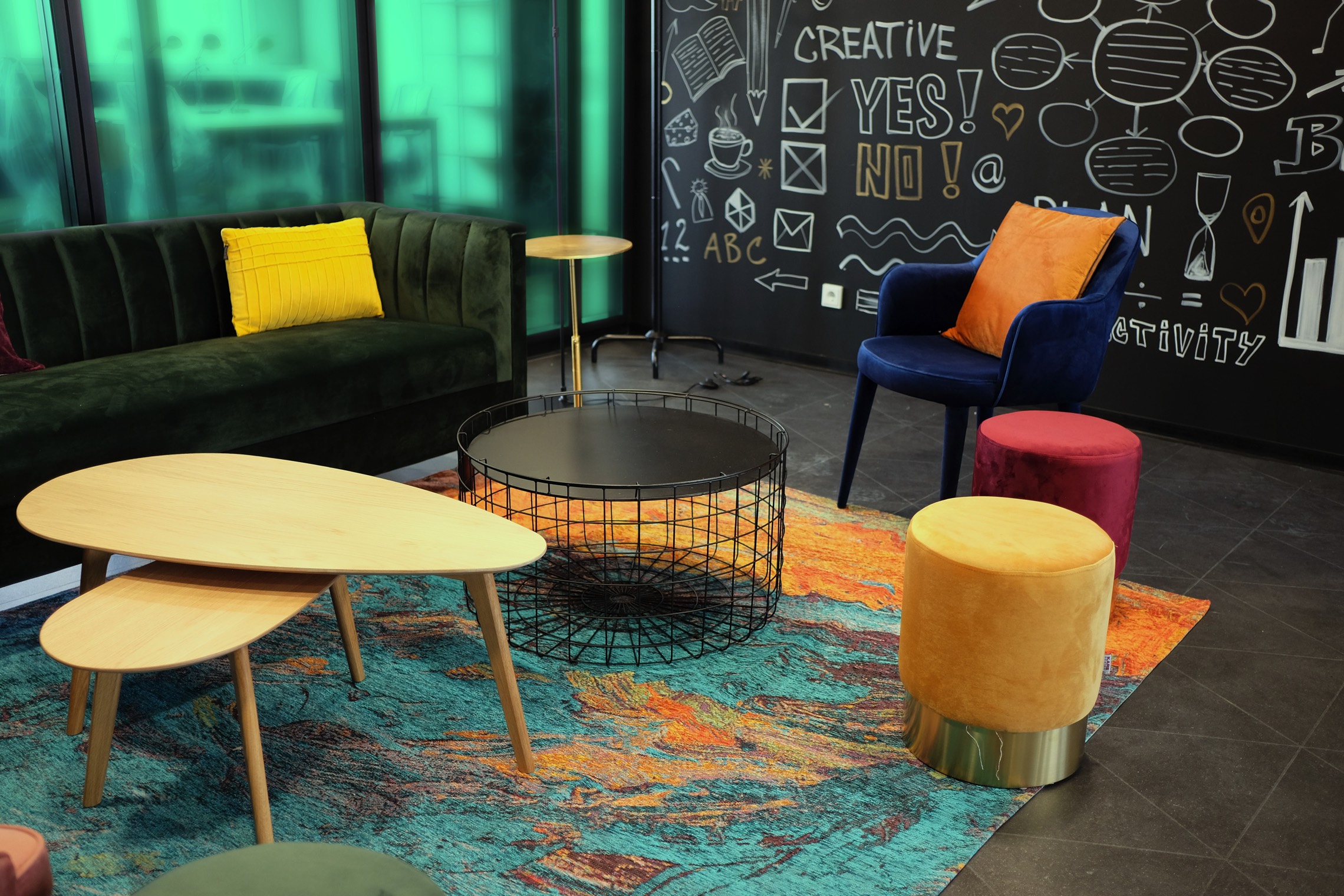For years, workplace psychologists and trend researchers have been telling us that our work and private lives are increasingly coalescing. If that’s true, it might be worth looking at some of the prehistoric murals painted by our ancestors. Never have the work and leisure portions of human lives been so inextricably linked as they were in the paleolithic era. And at hardly any time since have humans paid more attention to their walls and how they’re decorated.
“We haven’t learned anything since then,” grumbled Pablo Picasso after a visit to the then newly discovered caves at Lascaux in the Dordogne. Aurochs expressively painted in ocher, brown manganese oxide and reddish iron oxide, horses galloping with open mouths, quivering nostrils and waving manes... Mr Picasso was impressed. These cave paintings are among the world’s first works of art and are viewed by anthropologists as the starting point of Homo sapiens’ development as a cultural being. But these expansive murals are seen by experts not only as a form of creative expression but also as realizing a more pragmatic goal: to design work and leisure spaces in a way that fosters creativity and productivity.
A Fresh Wind
Sometimes we find it difficult to see our fellow humans as “cultural beings”, during rush hour, say, on sports fields or even at a food buffet. But those areas aside, professionals like Heinz Schüpbach, a workplace psychologist based in Freiburg, say that “bright colors and wall designs that are rich in variety bring a fresh wind into offices and into people’s thinking.” While Schüpbach also advises that the tastes of individual employees should be taken into account, he affirms that colors and inspired designs “are highly recommended”.
“Businesses often underestimate the importance of design,” says the American psychologist Ron Friedman. Friedman’s book, The Best Place to Work: The Art and Science of Creating an Extraordinary Workplace focuses on subconscious factors that influence our workplace. It seems set to become a modern classic in the field of workplace psychology. In his book, Friedman shows how the aesthetics of office walls influence our work. “Our direct environment influences how we think, feel and work. It can motivate us or exhaust us, support team spirit or turn us into lone fighters.”
Researchers in workplace and behavioral psychology are sure that aesthetic designs of wall space can raise or lower our motivation, creativity and learning ability. In short, white woodchip wallpaper is like a mushroom risotto without seasoning or chardonnay; It’s a missed opportunity.
Murals Instead Of Manuals
Murals have the power to act not only as a spark for creativity but also to transport information in a playful, unobtrusive way. They can explore structures in work processes, say, or the values and philosophy of a business.
Founded in Hamburg in 2003, Dialogbild is Europe’s leading provider of visual dialog media and specializes in depicting complex business issues and topics in a way that’s easy to grasp, both for internal and external communication. “We see ourselves as a creative business consultancy,” says CEO Tom Becker. According to Becker, who trained as a graphic designer, “Strategies have to be understood by every member of staff before they can be lived.”
These ideas can be communicated using explanatory videos, e-learning, walk-in dialog spaces or via wall murals that explain specific processes. These work “much more effectively than old-fashioned manuals that sit in a shelf waiting in vain to be read just like the instructions for your washing machine at home.” In contrast, images can be used as a way of kindling discussion and can be displayed, installed or painted in a central place within the office to produce its effect on the workplace every day.
Based in San Diego, Coastal Creative offers another approach better suited to transporting emotions rather than information. The company’s concepts are focused on murals that “increase productivity”.
In "9 Office Wall Mural Ideas To Boost Productivity" the company provides different techniques in f0rming murals.
These days, modern companies can’t afford not to use spices to improve the flavors of their risottos using colorful illustrations or incisive slogans like the ones shown in this image gallery, even if only a few of them can compare to wild horses of Lascaux.
Murals as a part of our office cases
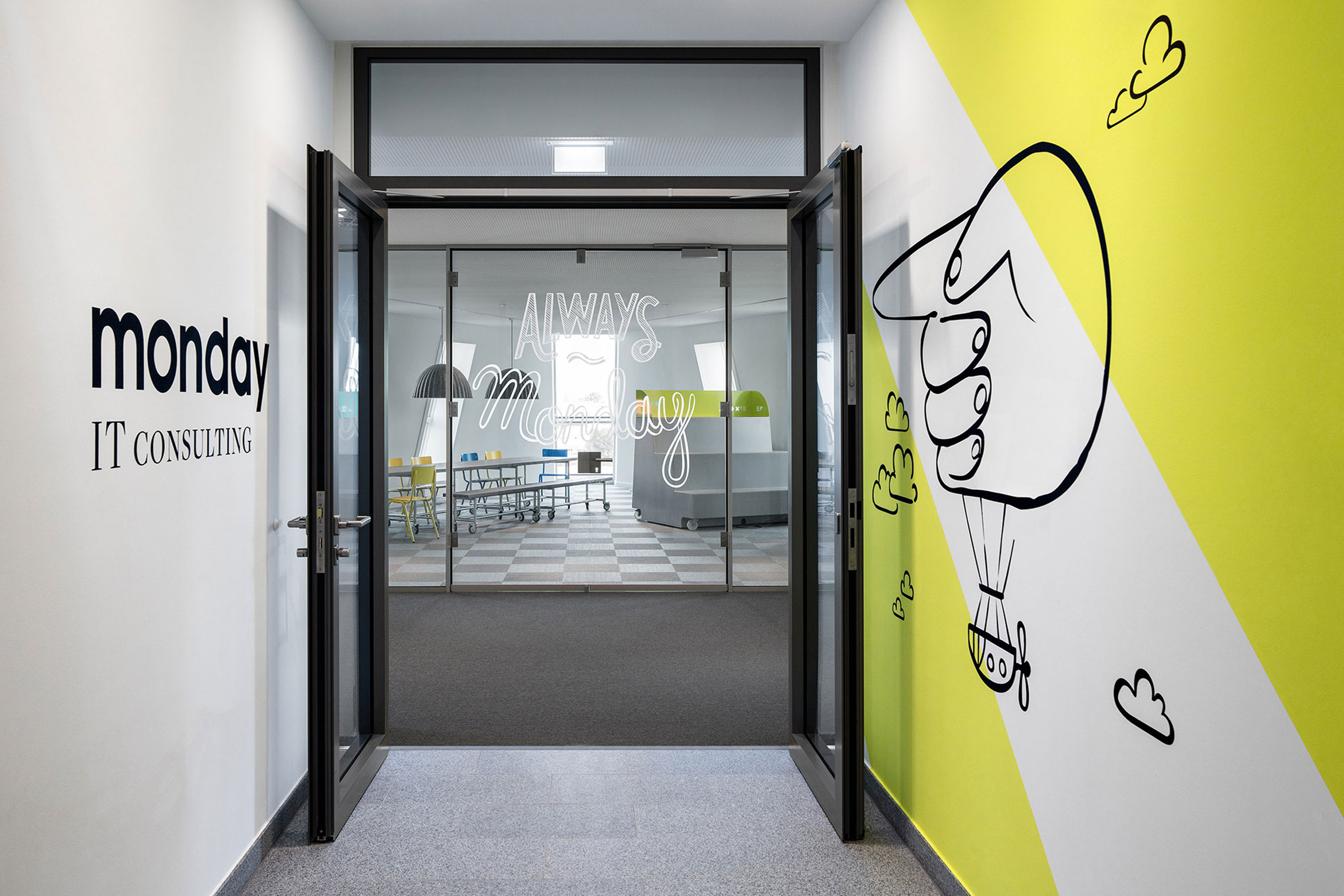
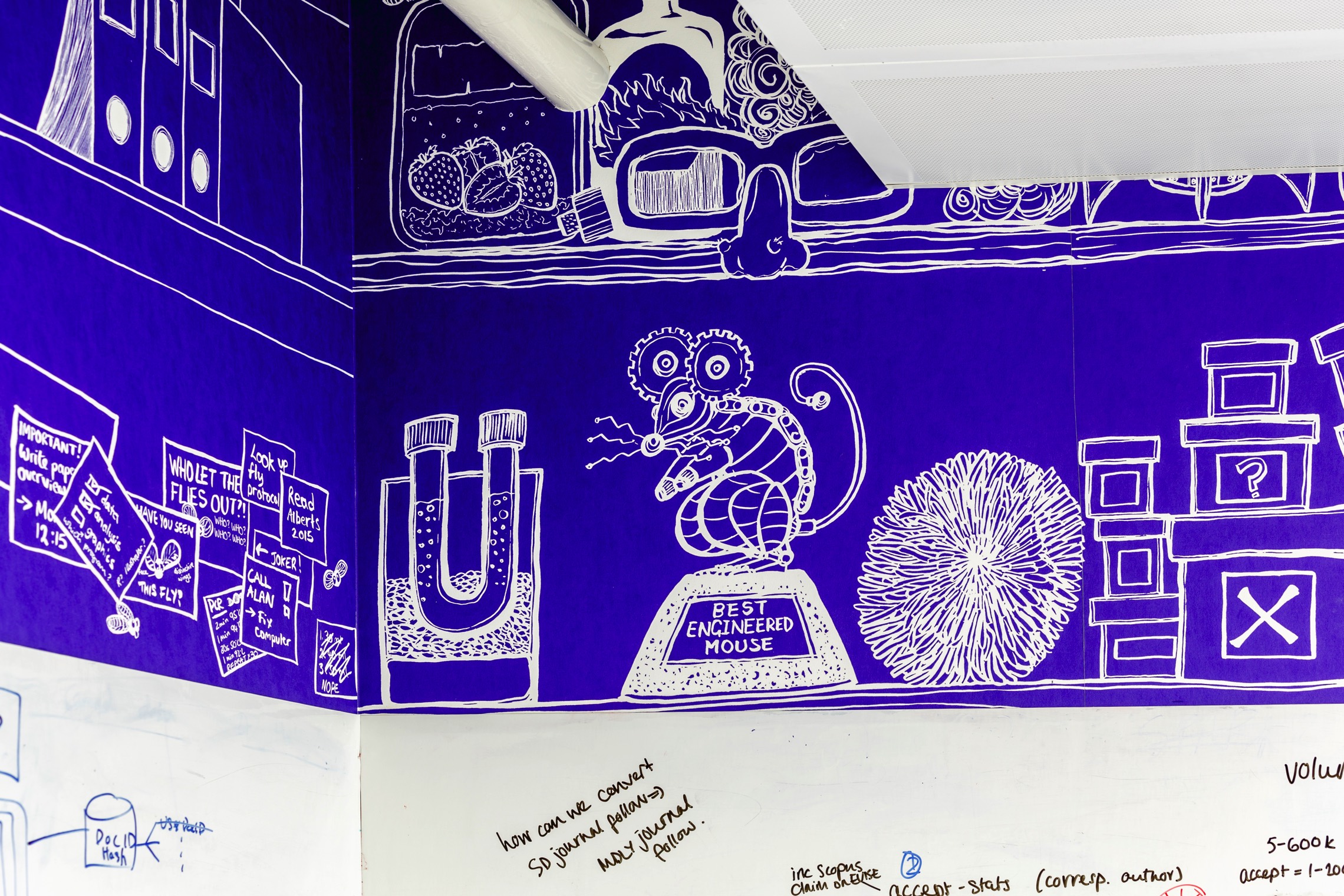
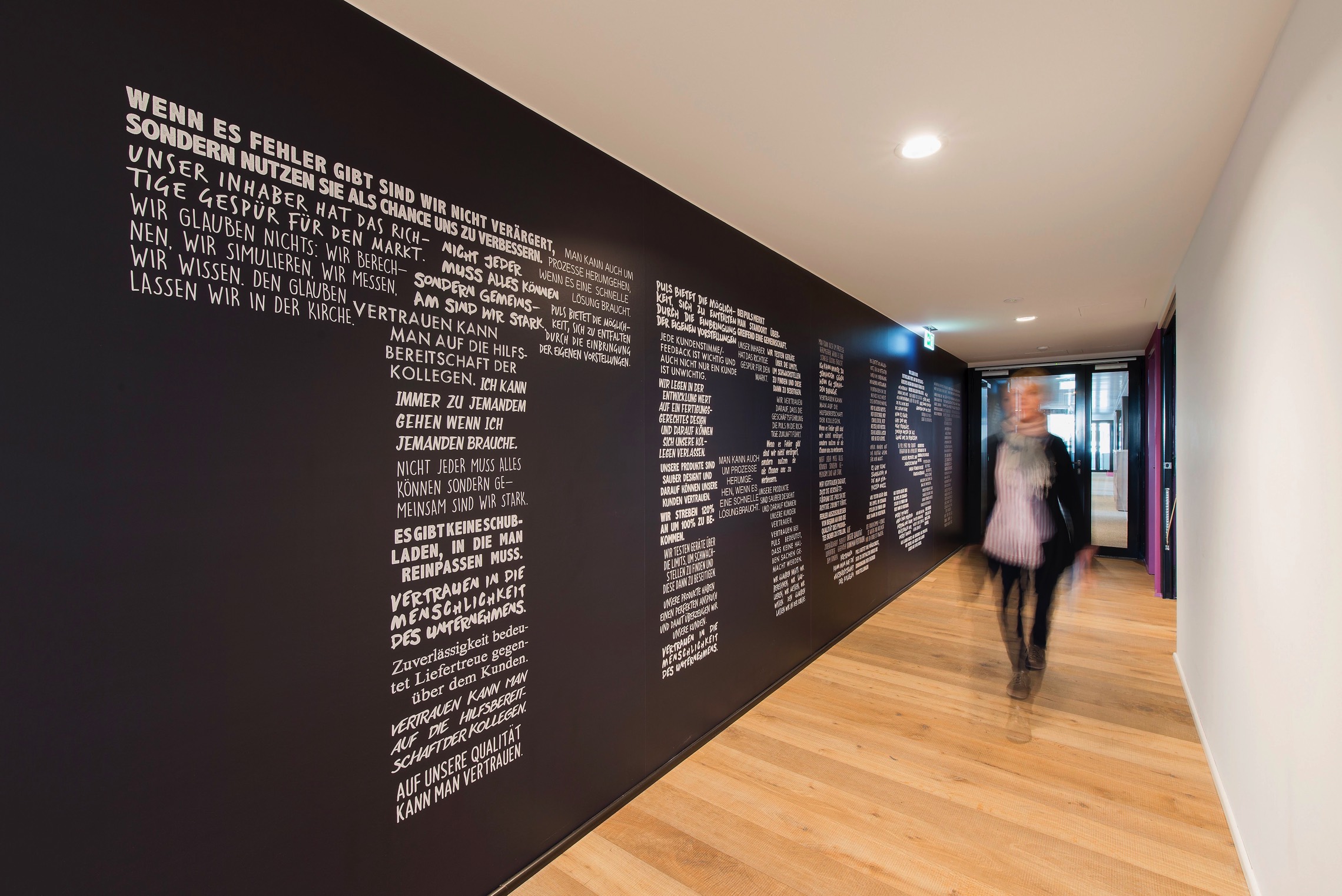
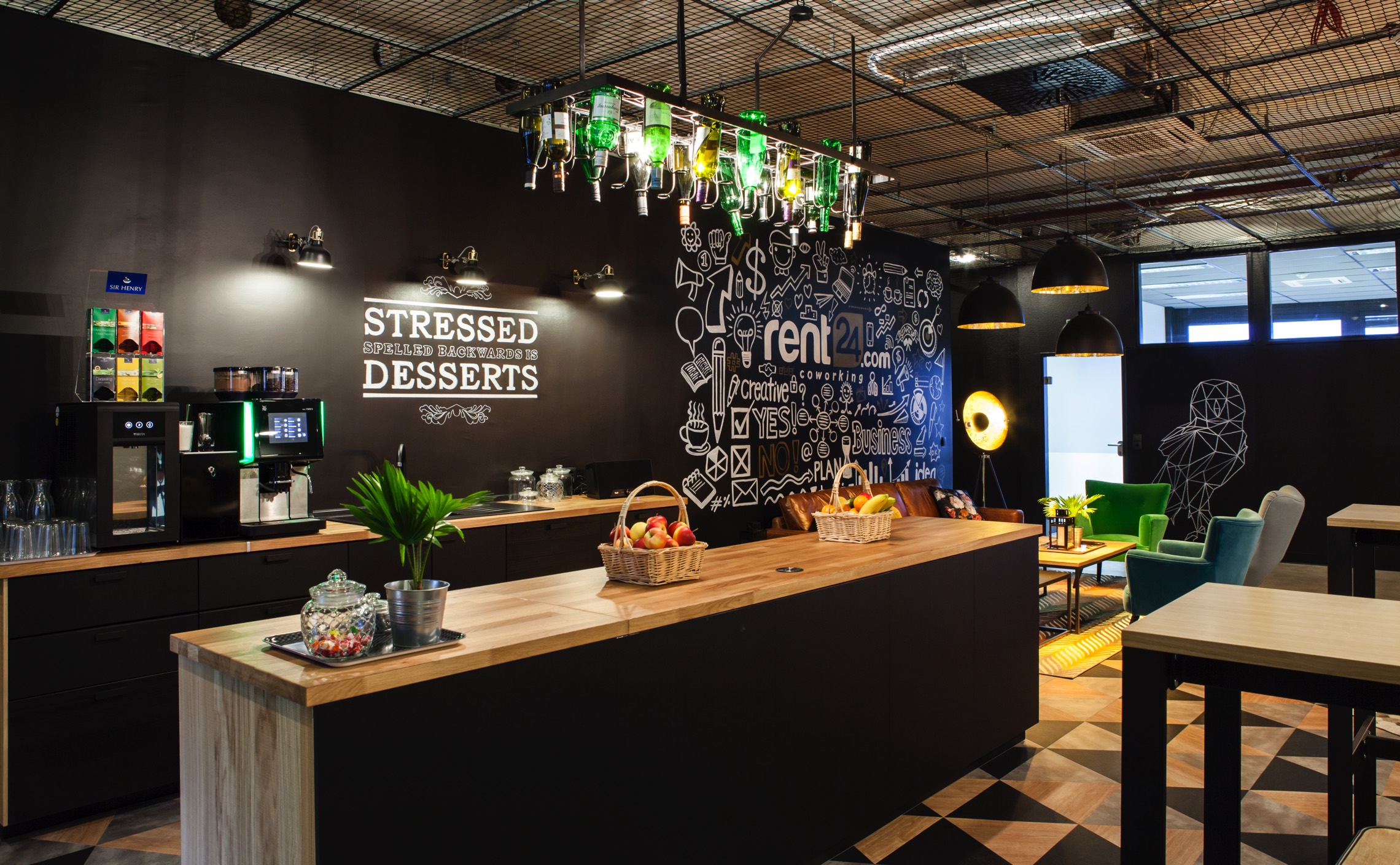
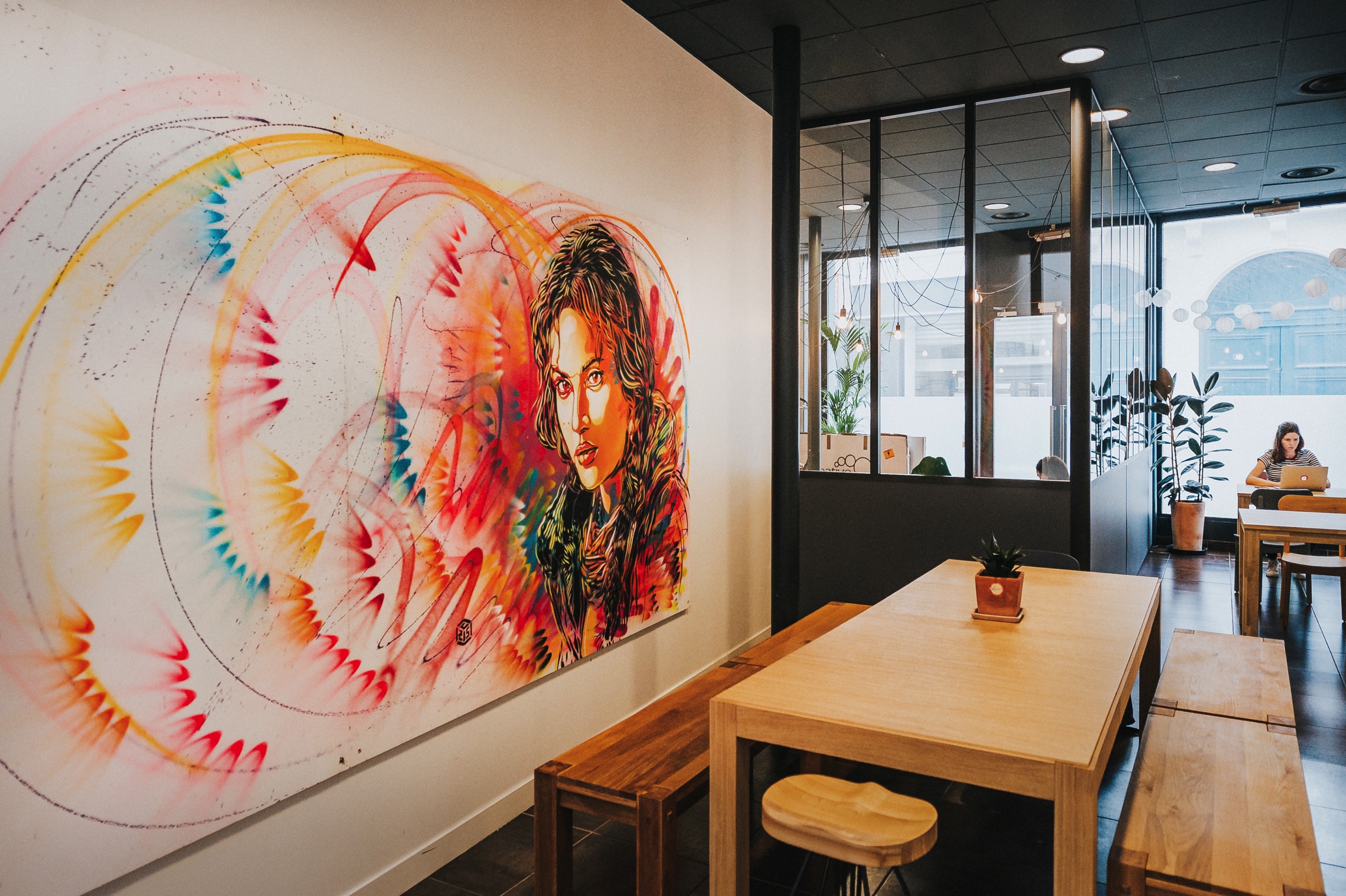
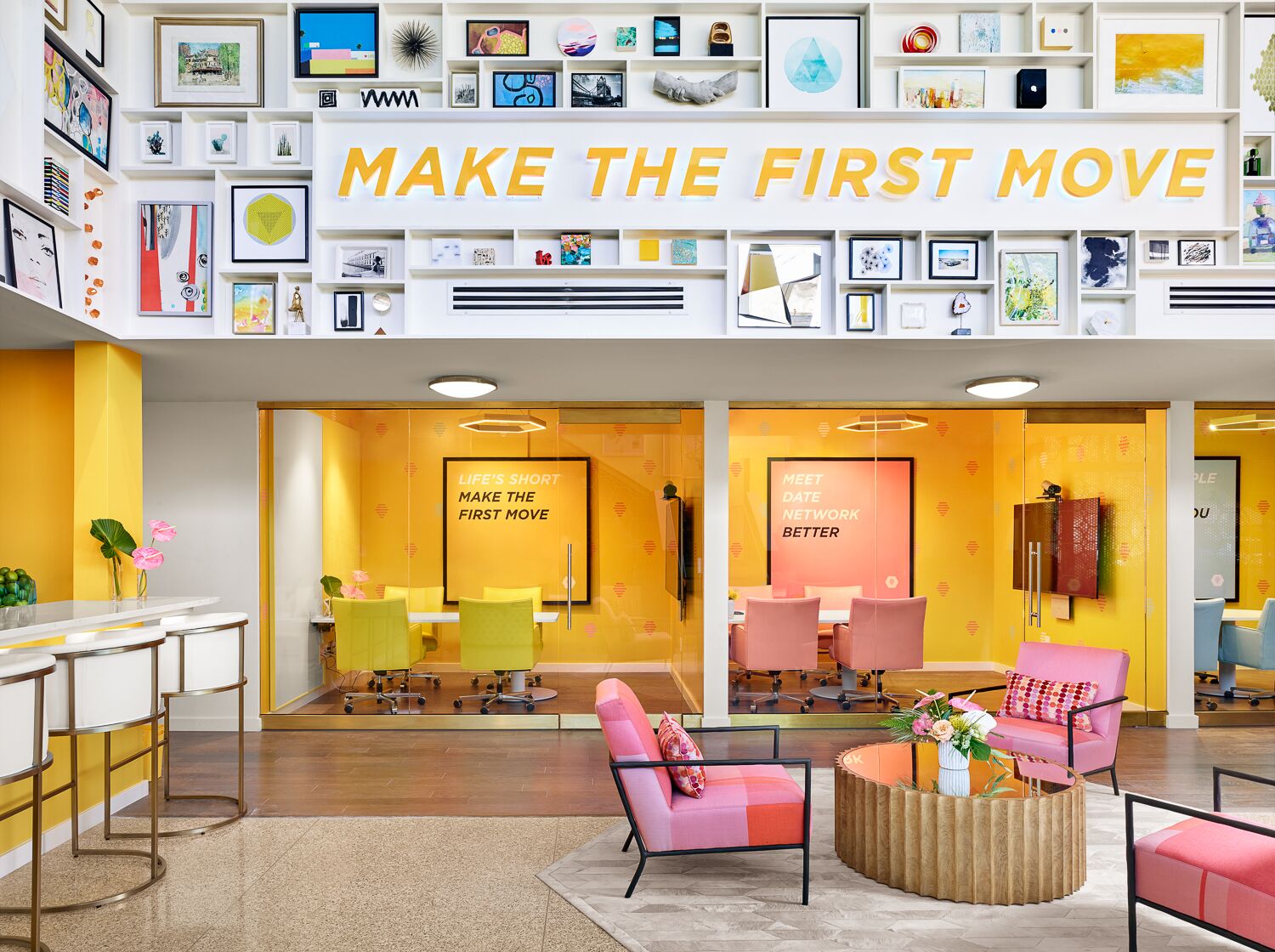
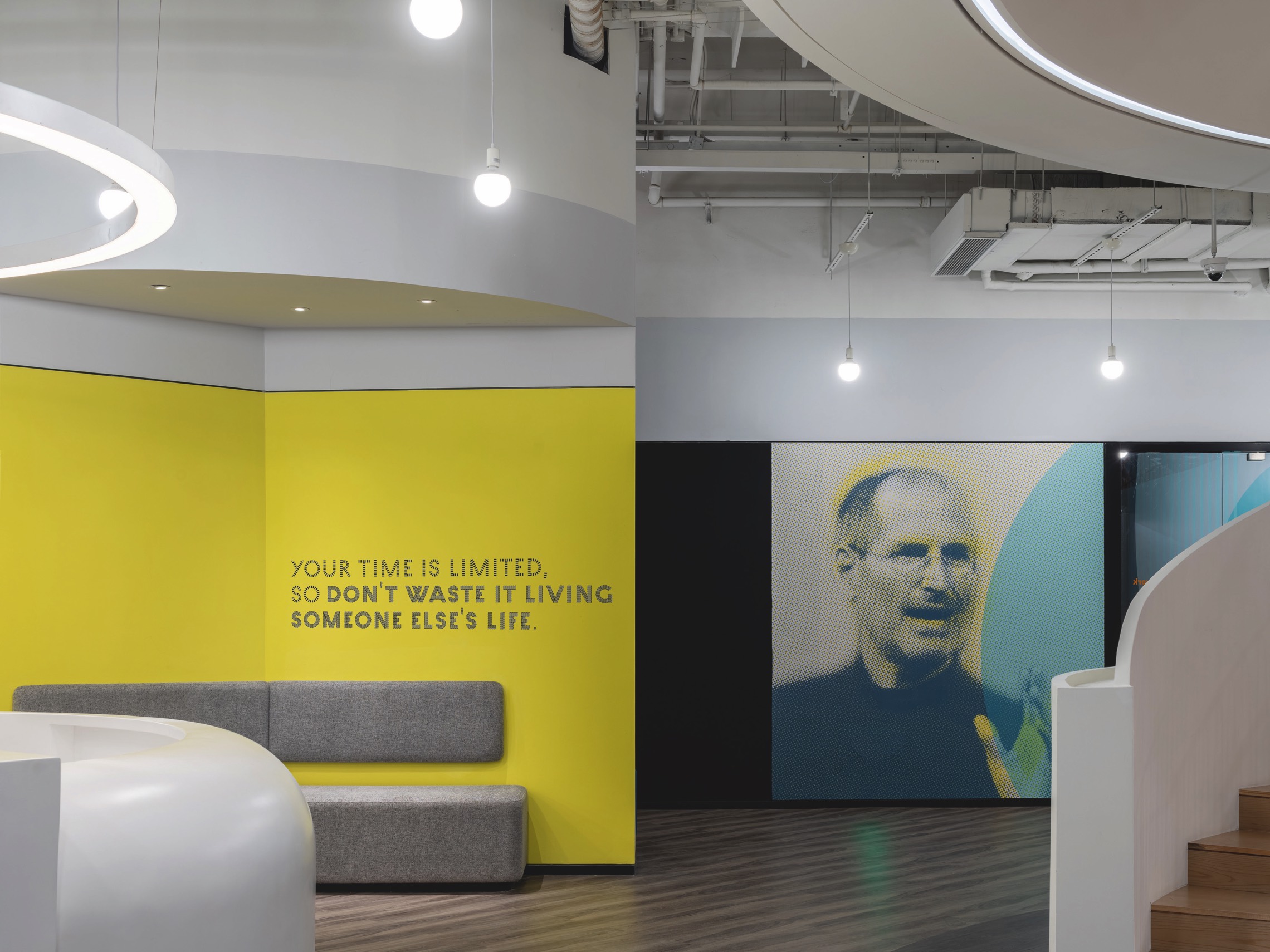
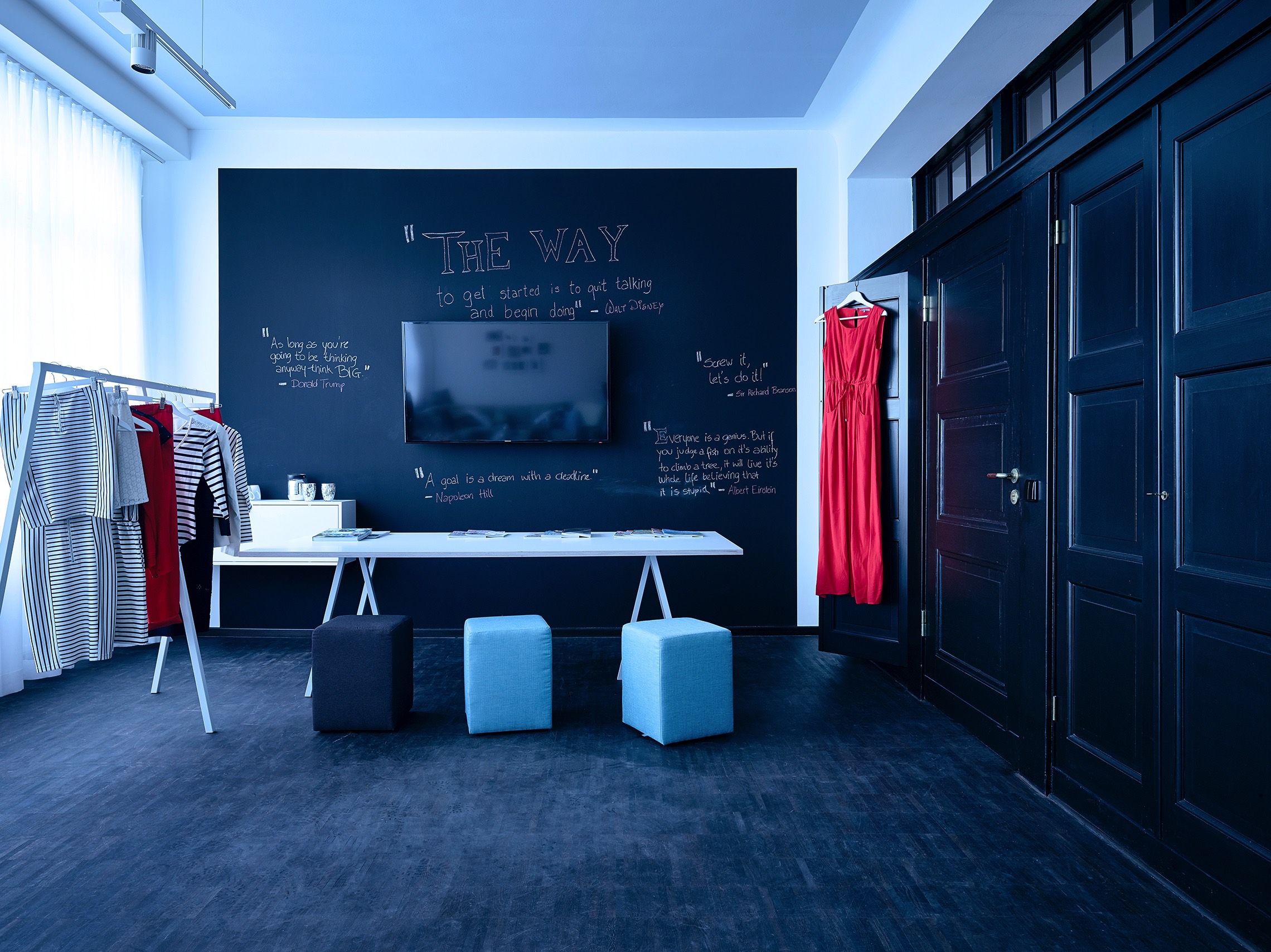
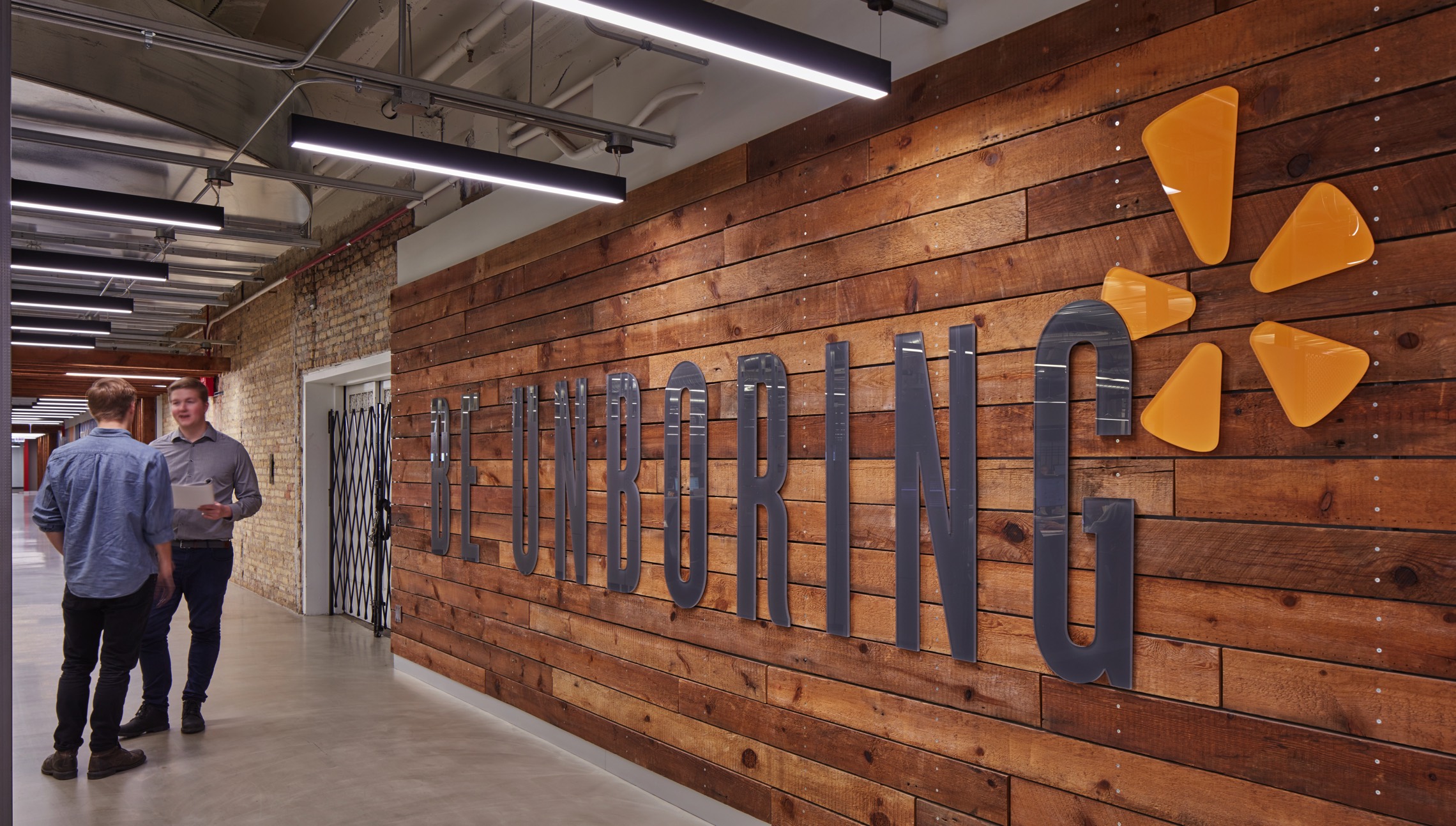
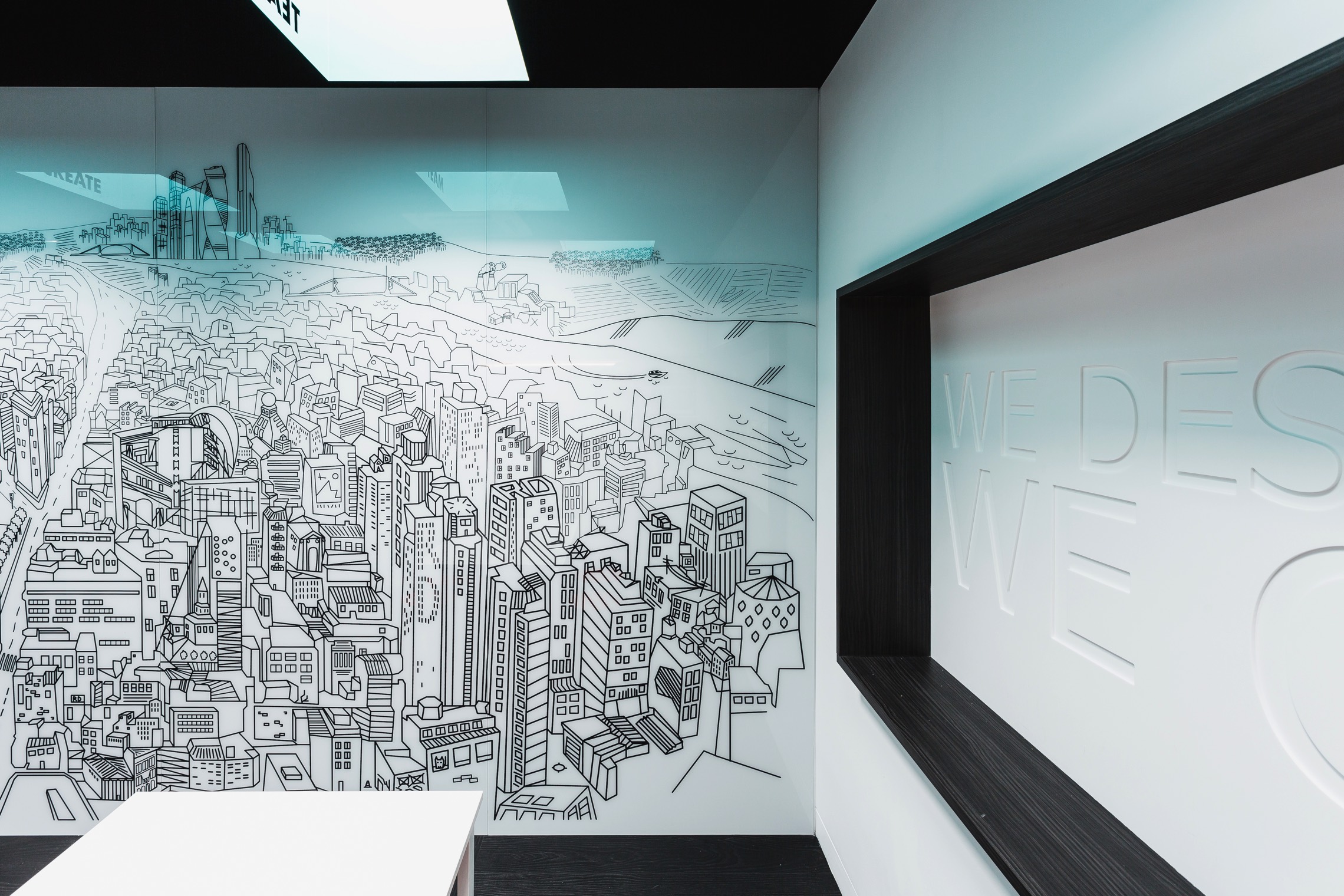
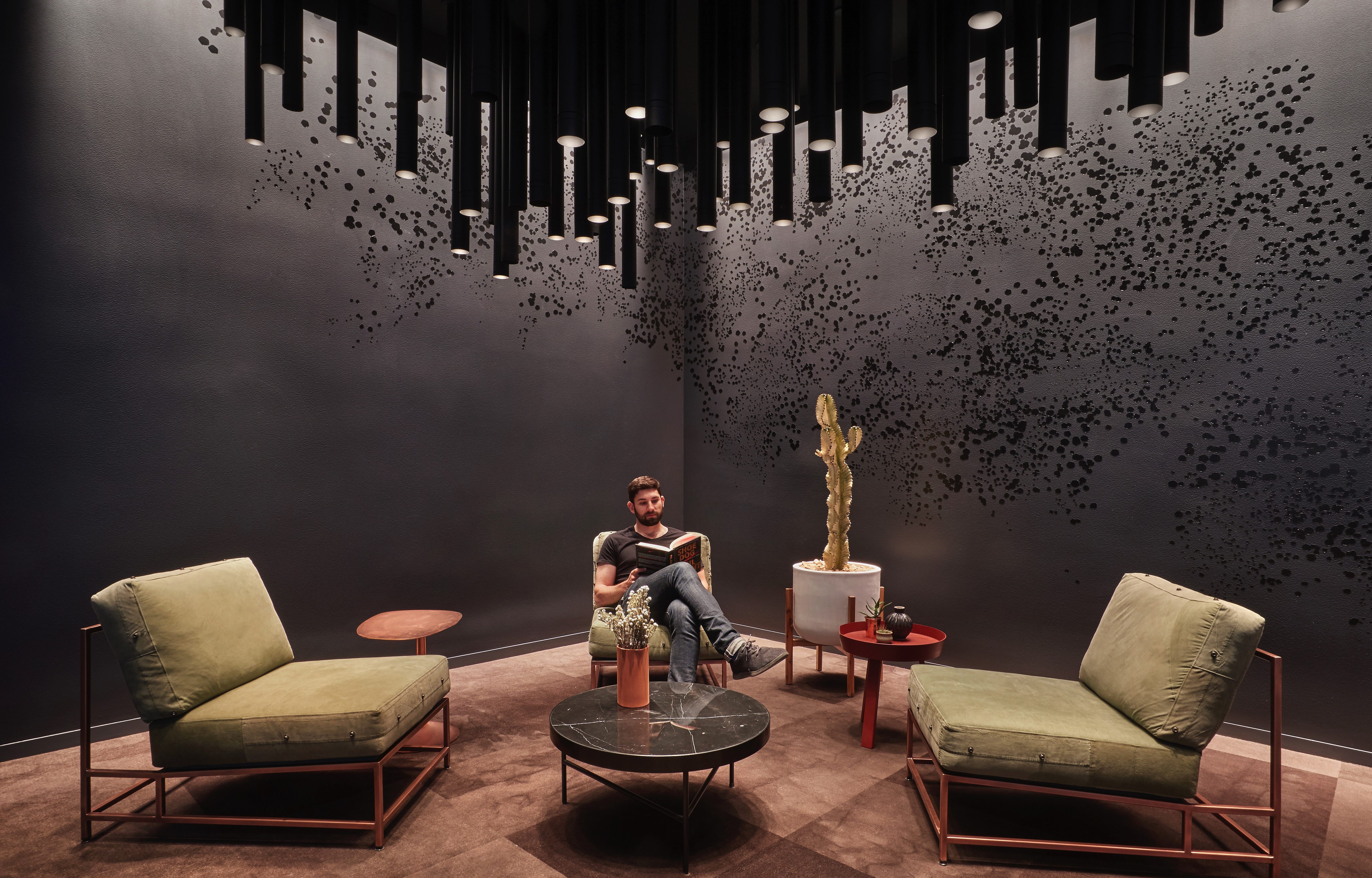
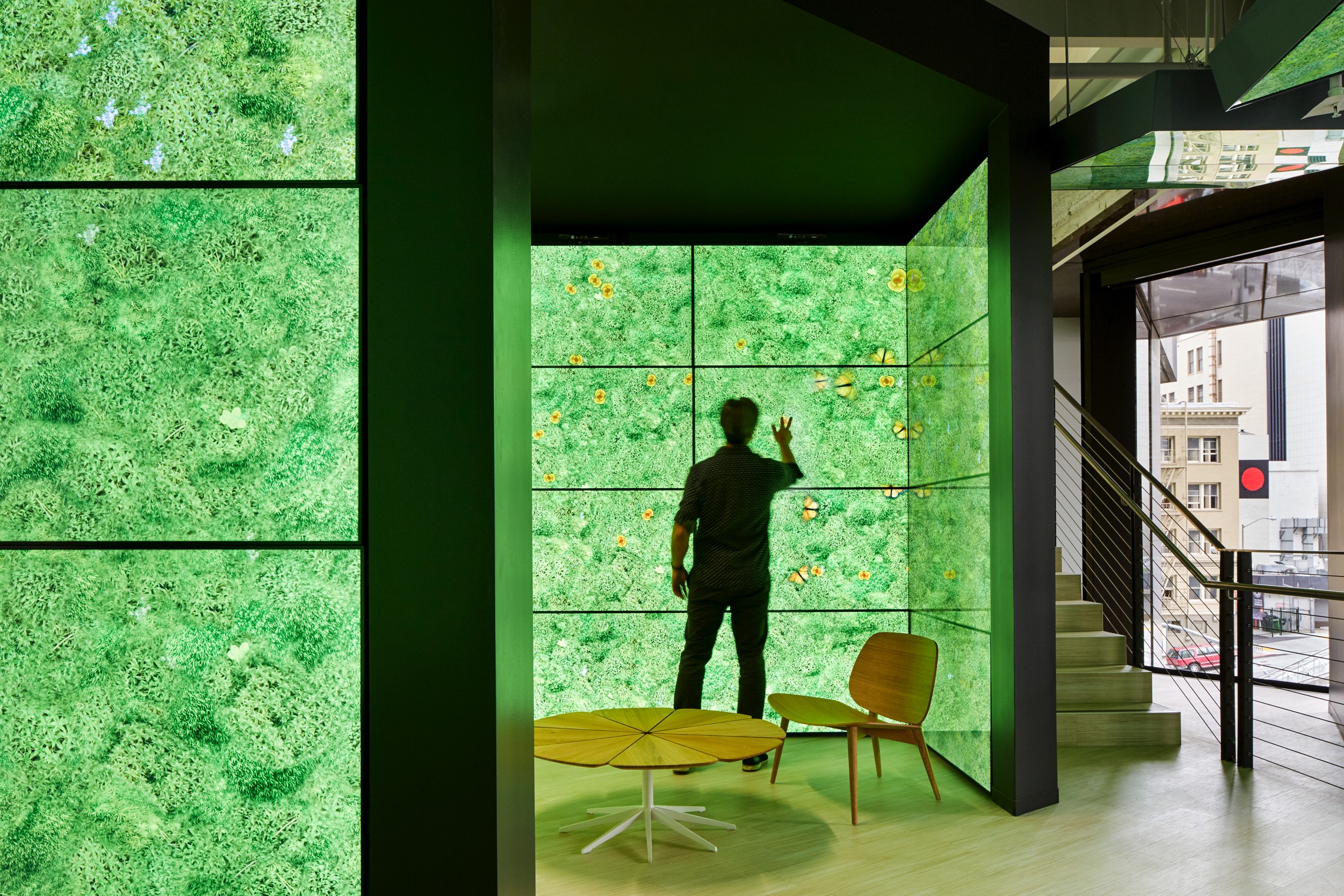
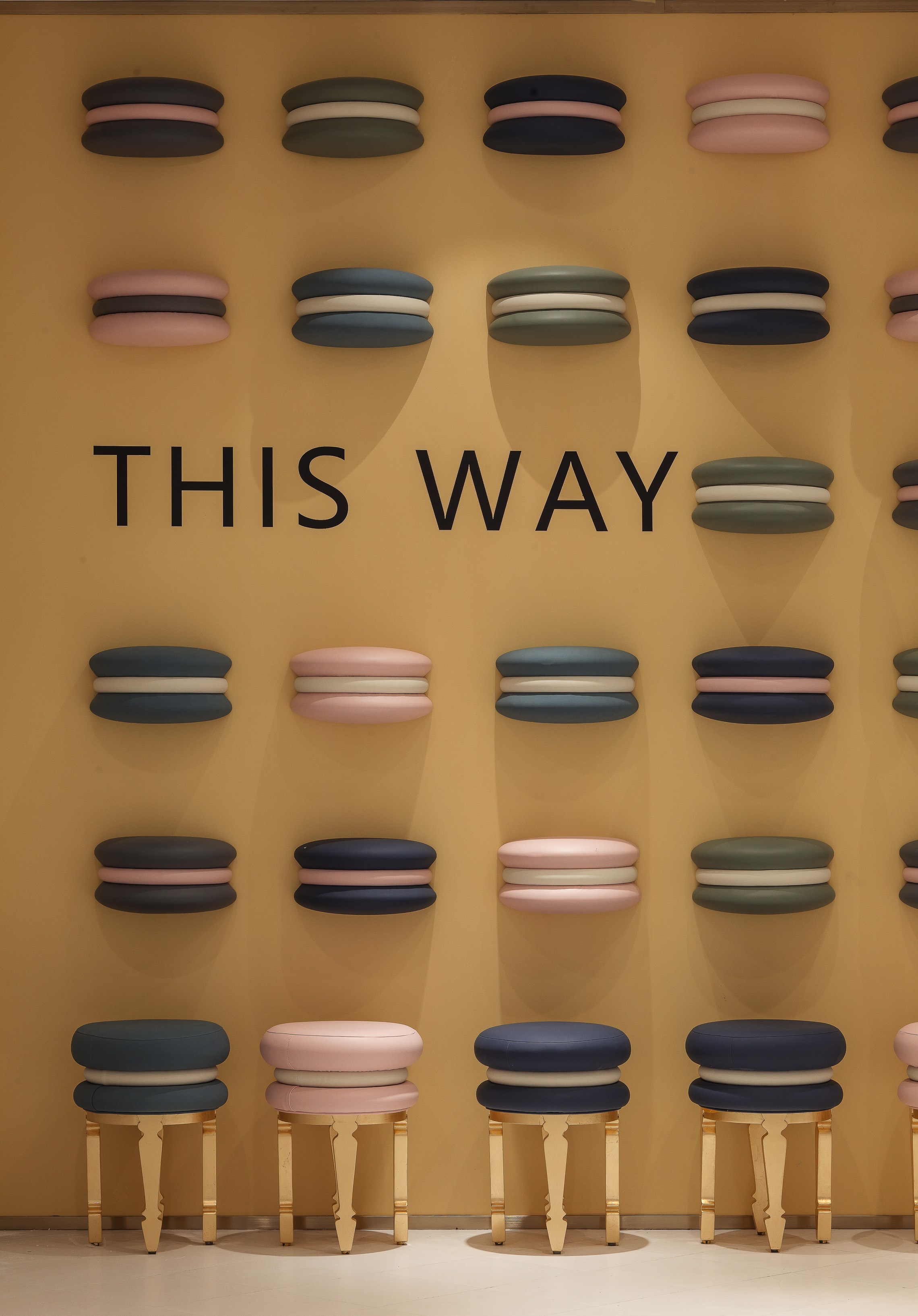
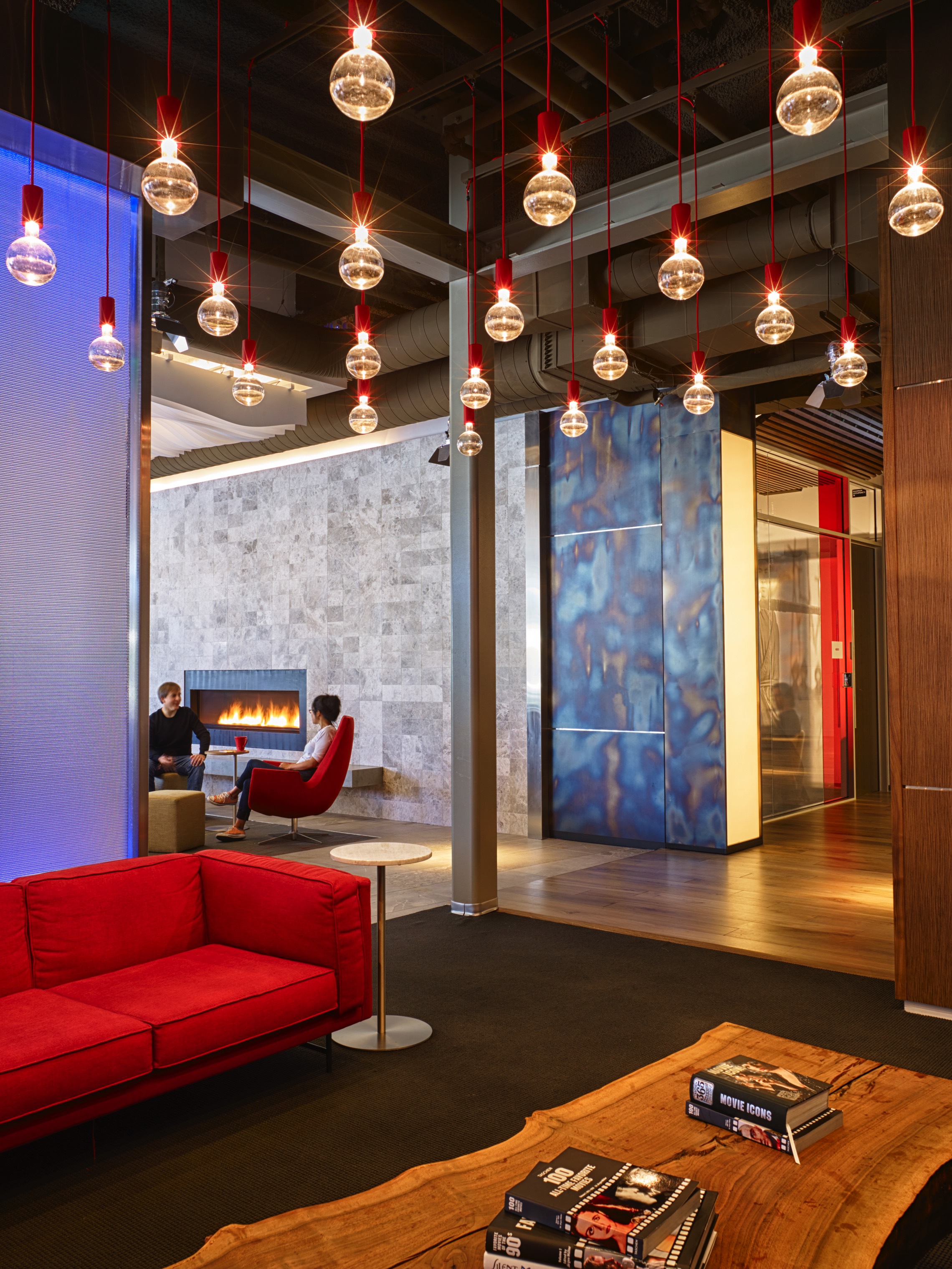
Autoren: Jonas Demel, Svenja Suck
Fotos: John Sutton (Netflix), Shao Feng, Zhou Yuqiang, Hu Yijie (Unova), Bruce Damonte (Microsoft), Garrett Rowland, Amy Young (Slack), Alexey Zarodov (RD Construction), Tom Harris (YELP), Mark Seelen (Zalando), Sui Sicong (SOHO 3Q), Casey Dunn, Andrea Calo (Bumble), Jonathan Moyal (Brigad), Peter Würmli (PULS), Gareth Gardner (Mendeley), Andreas Meichsner (Monday Consulting)
